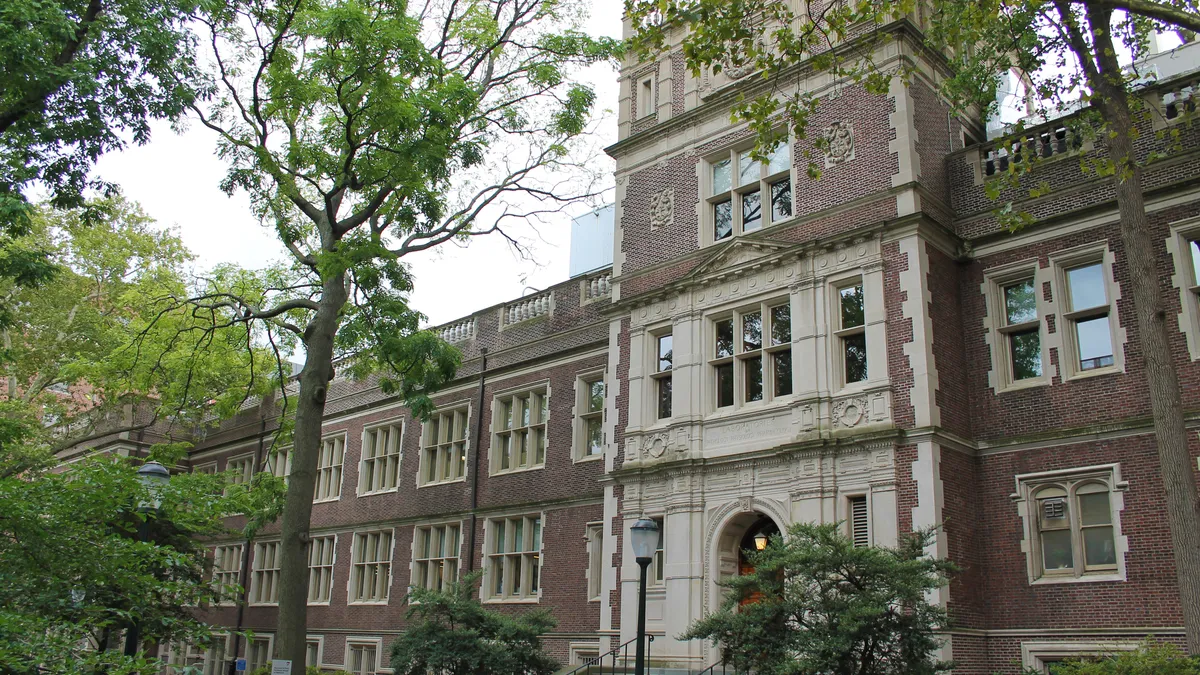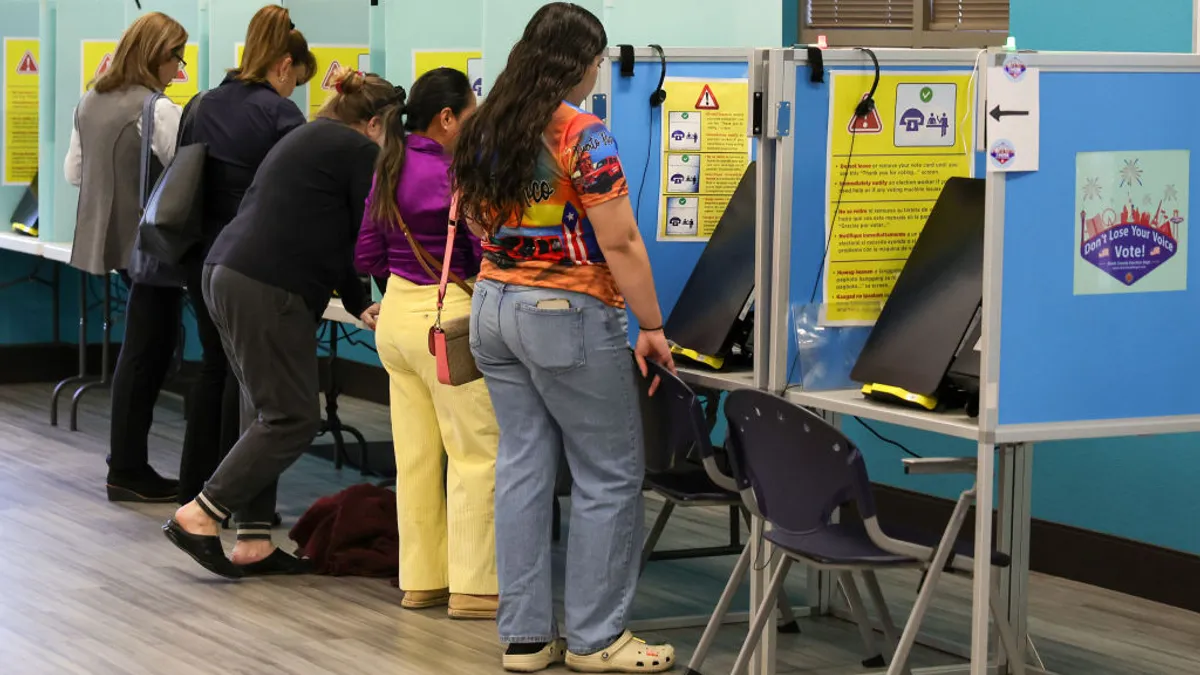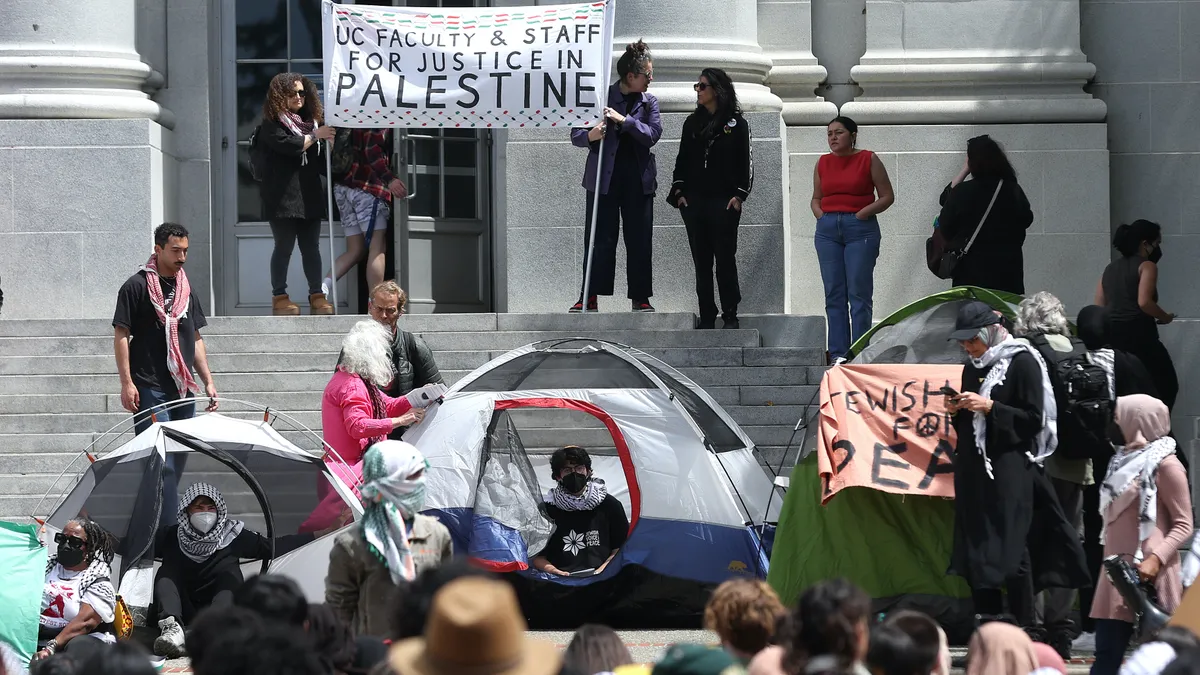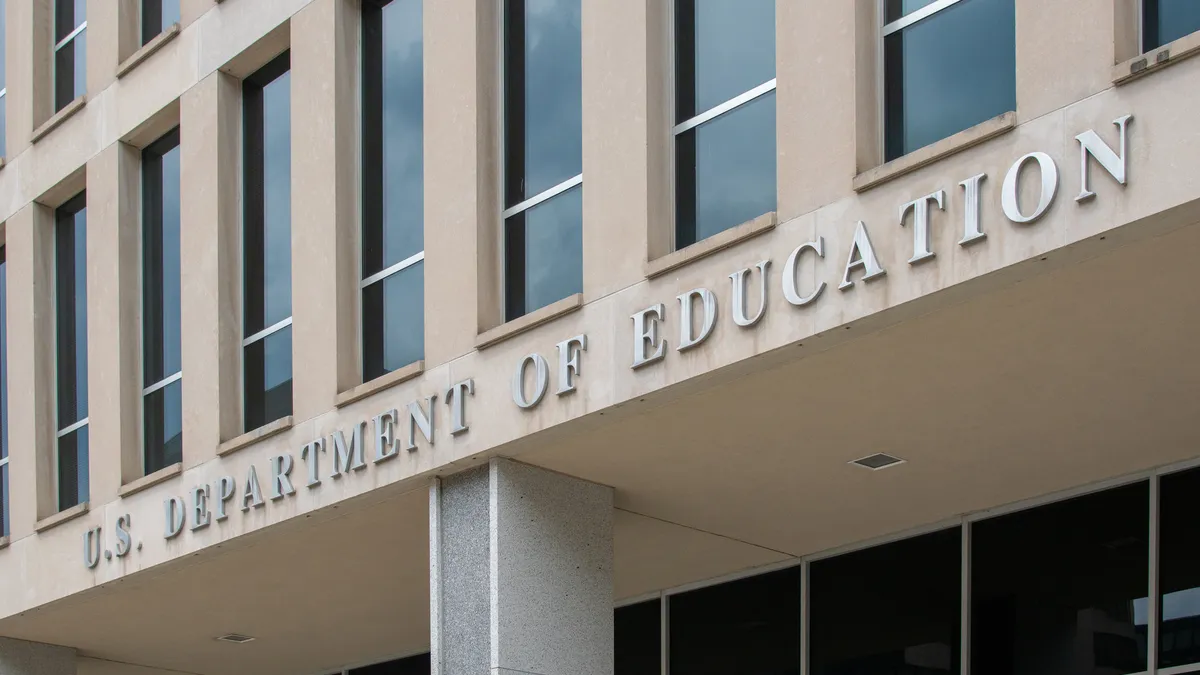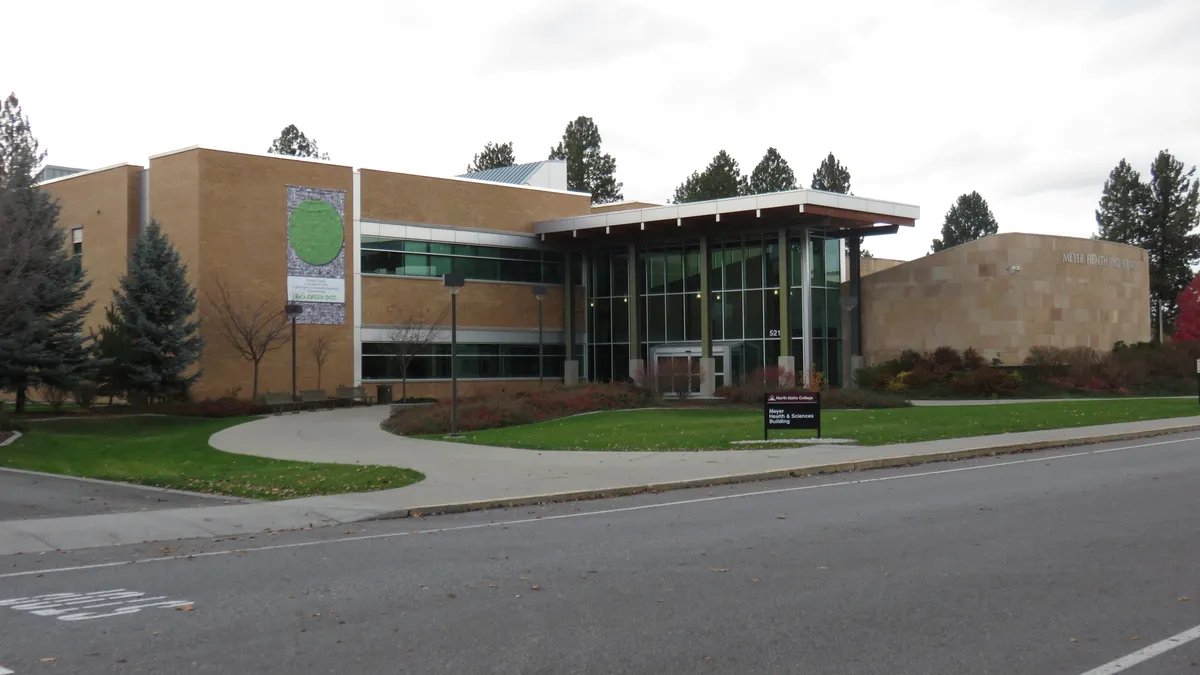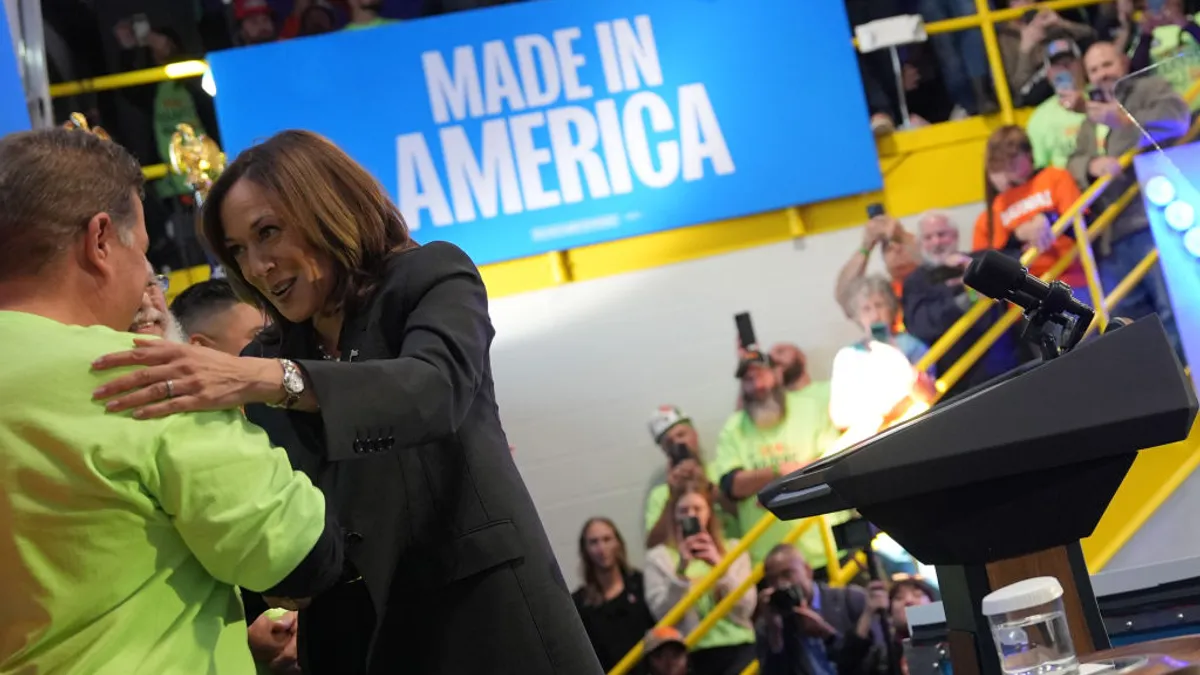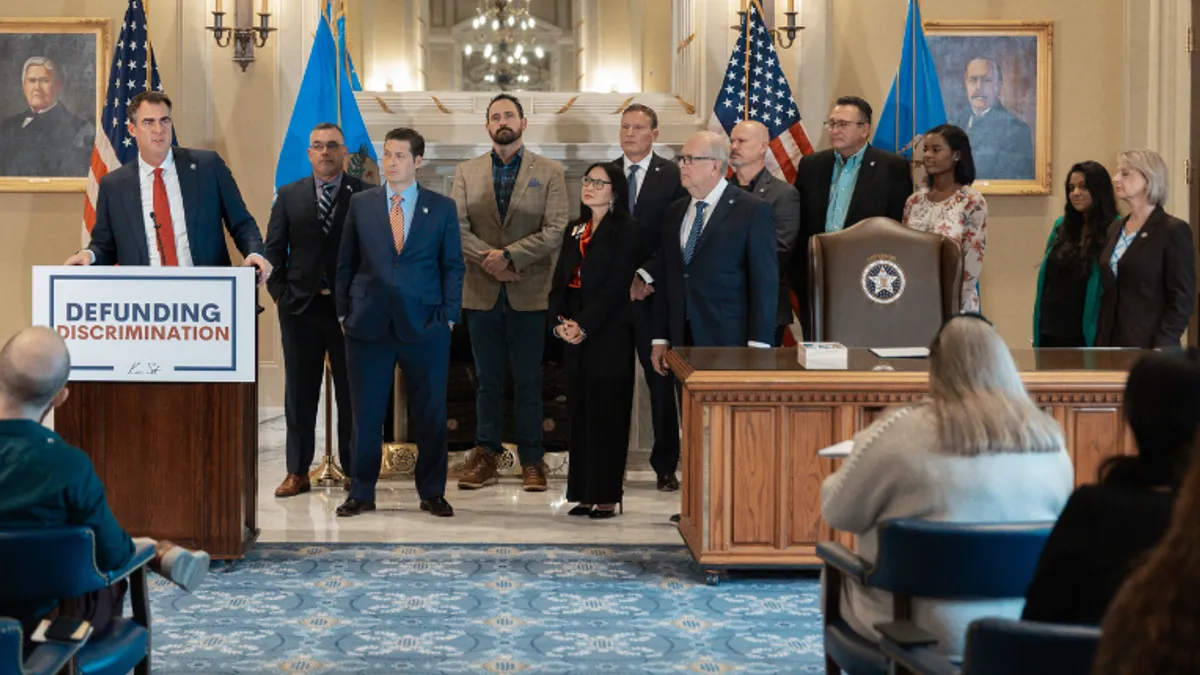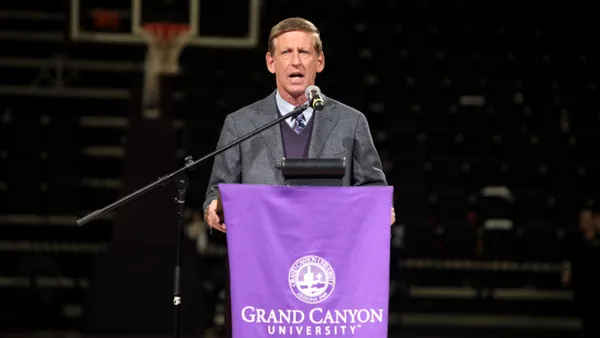The academic year is well underway and already campuses are grappling with many of the same issues that characterized the turbulence of 2017-18. Among them, free speech concerns, the ongoing debate over the efficacy of affirmative action admissions policies and increasing urgency around the need to manage rising tuition costs.
Industry and government leaders addressed those and other issues last week at a meeting with journalists in Las Vegas hosted by the Education Writers Association. Here's what we learned will be on the minds of administrators this academic year.
Keeping free speech free — and under control
In an increasingly partisan environment mired by issues such as sexual misconduct and racial discrimination, college campuses have become nerve centers of unrest. Add to that the fact that the majority of college-age individuals use social media and administrators should be prepared for conflict to escalate quickly.
Barbee Oakes, chief diversity officer at the University of Nevada, Las Vegas, said most such incidents that occur on her campus aren't reportable hate crimes but rather "frequent microaggressions" that spur students to take to social media.
"The communication issue is an issue of whenever something like that happens — a crisis — how do we actually manage the crisis and then how do we communicate about [it] internally and externally," she said. For example, issuing a letter from the president in response to each instance could ultimately dilute the weight of his or her commentary over time.
Concerns over free speech have stemmed from a range of sources, including invitations to controversial speakers by campus groups (and additional fees assessed to provide security) and outcry over the presence of Confederate monuments and symbols.
"These become flashpoints in the news cycle, when they need to be put into context," said Fanta Aw, vice president of campus life at American University, in Washington, D.C. Aw said many controversial figures are brought to her campus to speak throughout the year and in most cases the events occur without incident. She noted the university requires all speakers to agree to a question and answer session.
When there is unrest, the tenor of administrators' response is critical, Oakes said, particularly given the possibility that outside groups were involved as instigators and without student consent. Administrators need to decide whether there is a credible threat and how much alarm to raise, she said.
Improving voting access for students
The upcoming midterms raise the issue of voting accessibility and the challenges facing students who hope to cast their vote from campus or their adopted community. While 62% of college students were registered to vote in the 2014 midterms, just 12% of students ages 18 to 21 actually did so, according to the Institute for Democracy & Higher Education (IDHE) at Tufts University.
Panelists cited a confusing absentee ballot application process, voting locations far from campus, pervasive myths that registering to vote locally will negatively impact financial aid awards for out-of-state students, and stringent voter residency rules that vary by state and limit options for out-of-state students. For example, New Hampshire Gov. Chris Sununu in July signed a bill requiring people to be permanent, not part-time, residents of the state in order to vote there. It will go into effect in July 2019.
College campuses tend to be liberal, which can cause friction in otherwise conservative states and regions. IDHE Director Nancy Thomas said administrators must balance the priorities of legislators who will vote on their funding with students' civic rights.
Thomas said she identified a pattern on campuses with high voting rates: "Political discourse in every nook and cranny of the institution. That is something a president and a provost can make happen. … Students learn to talk to each other across differences in political ideology and social identity."
IDHE offers 10 recommendations to improve student voting rates and civic engagement on campus. They include offering voter registration as part of existing campus events such as orientation and establish a polling location on campus.
Making more room for mental health care
Mental health is a growing concern on campus, particularly among minority and LGBTQ students. Education Dive reported last year that while students are seeking mental health services in record numbers, two-thirds of struggling students don't take that step. Black students are less likely to do so than their white peers while being 20% more likely to experience depression, suicidal thinking and post traumatic stress disorder.
To help overcome the stigma associated with seeking help, panelists said colleges could benefit from expanding related services across campus to places students frequent as well as training staff who interact with students most often, such as faculty members and athletic department staff, to triage mental health issues.
"The majority of students will never go to their counseling center," said Nance Roy, chief clinical officer at the nonprofit Jed Foundation, adding that students typically reach out to other students for help before they go to anyone else, stressing the importance of training students to identify mental health concerns among their peers.
She called attention to the Jed Foundation's "Seize the Awkward" ad campaign, which was developed with the Ad Council, the American Foundation for Suicide Prevention and ad agency Droga5, targeting young adults and based on research finding many in that group wanted to help peers they suspected were struggling but felt unsure or "awkward" about how to approach the issue. The research also found that general support from friends — and not specifically what they said or did — was helpful to young people who had experienced a mental health issue.
Incorporating students, faculty members and staff can help address mental health concerns at a time when many campus counseling centers are short-staffed and under-resourced. The American Psychological Association says the ratio of students to counseling staff at colleges and universities is roughly 705 students to one counselor at institutions with enrollments under 1,500 and 2,624 to one at institutions with more than 35,000 enrollees.
The International Association of Counseling Services, which accredits higher education counseling services, has recommended one full-time equivalent staff member for every 1,000 to 1,500 students as the ideal. Larger ratios can lead to longer wait lists and reduced capacity, challenges addressing more severe psychological issues and greater liability on behalf of the institution, according to IACS.







